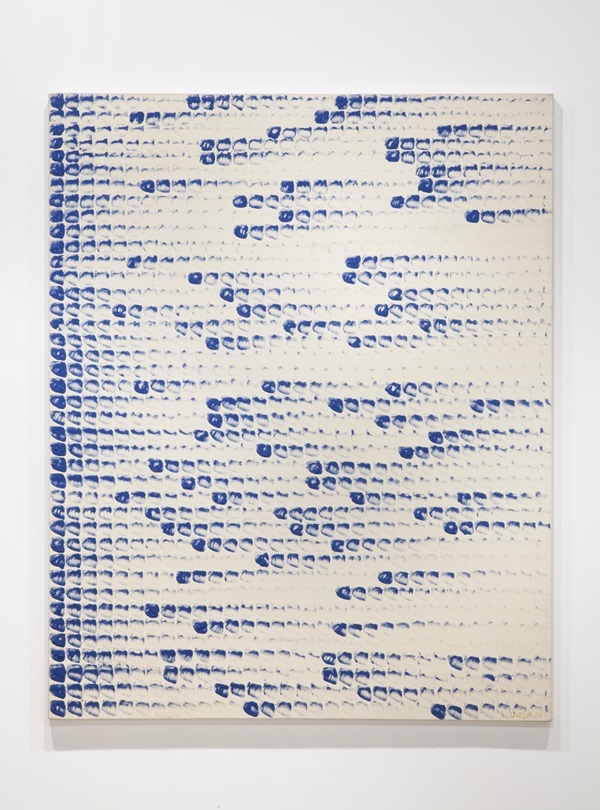In early February, South Korean authorities launched an investigation into the potential forgery of 13 paintings by revered Asian artist Lee Ufan.
By late June, the case seemed to be coming to a close. The National Forensic Service declared them “poorly forged”, and the gallery owner who had sold them, known only as Mr Hyeon, was arrested after fleeing to Japan. He admitted to reproducing four of the paintings, as well as up to 50 others in collaboration with several other individuals in an attempt to capitalise on Ufan’s esteemed reputation.
Then Ufan was brought in by the police to put the final nail in the coffin.
“On June 27, police asked me to acknowledge that the four pieces that Mr. Hyeon admitted to having forged were indeed fakes in an attempt to reach a compromise,” he told Korea Joongang Daily. “But I refused.”
What seems to have been an attempt to coerce Ufan into supporting the police’s narrative actually ended when, after careful analysis of all 13 artworks, Ufan claimed that they were all authentic. “The use of colour, rhythm and breathing are all mine.”
It’s a strange new twist in the history of art forgery. Artists who testify that their work has been reproduced are often taken for their word. Consider the tale of Dutch painter Karel Appel, who realised that colleague Geert Jan Jansen had been selling forgeries of his work for four decades. In previous years, Appel had confirmed the authenticity of some of these pieces, but when he finally understood what was happening, his claim brought an end to Jan Jansen’s operation.
This case, however, marks one of the few documented times an artist has authenticated their work in the face of substantial suggestions of falsity. To do so would seem to prove Hyeon’s innocence, and infer suspicious motives lay behind Seoul Police Department’s investigation, but most intriguing of all is how the police have responded to Ufan’s report.
“(We) will respect Lee’s opinion,” said a police spokesperson, confirming that they would be continuing the investigation.
It all raises some very interesting questions. Should artists be given the ultimate ability to declare their work real or otherwise, even if the evidence is stacked against their findings? On the opposite side of the spectrum, can the evidence be trusted considering the increased difficulty in spotting forgeries?
No matter the outcome, what should happen with the money and the artworks? If the buyers want to keep them, should they be allowed to? It wouldn’t be the first time ripoffs were considered as valuable as the real deal – after forgeries painted by Elmyr de Hory appeared in Orson Welles’ F for Fake, forgeries of his forgeries appeared on the market!
What do you think the outcome of this case should be? Share your thoughts with us in the comments.

